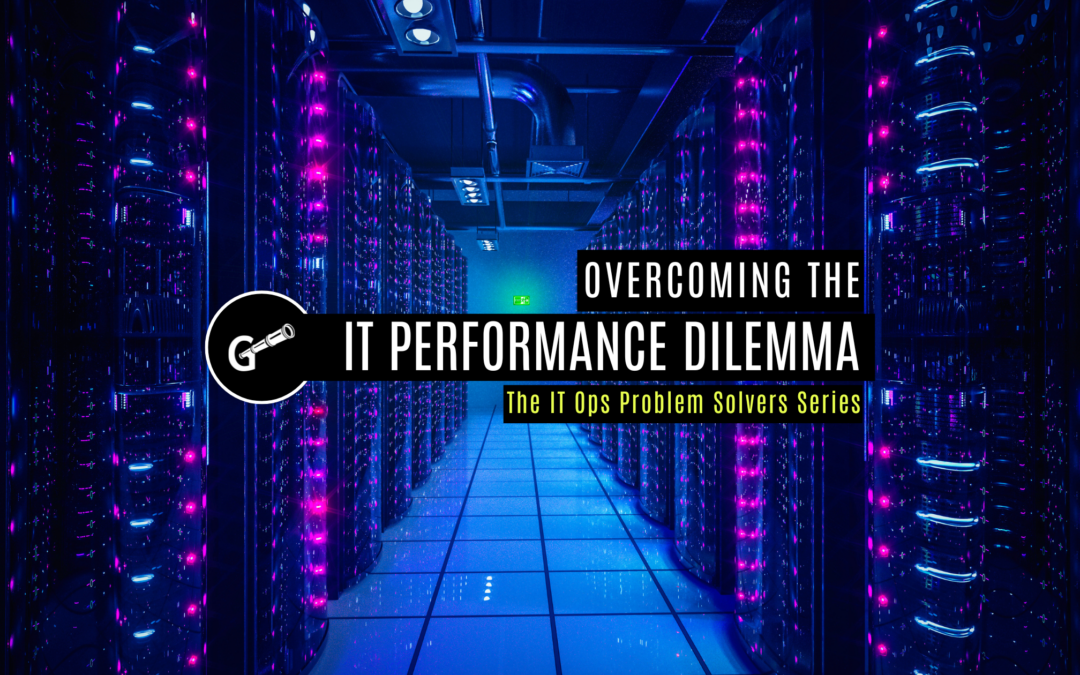Although artificial intelligence solutions have been around for several years, these impactful systems are finally making their way into organizations, enabling companies to streamline workflows and eliminate manual, repetitive work. In fact, Gartner named AI as one of its strategic technology trends for 2018, and McKinsey & Company researchers hailed it as “the next digital frontier.”
At the same time, though, enterprises that install AI systems must realize the stress that these solutions can put on existing infrastructure. Specific elements are needed to manage intelligent systems like AI, and one of the best technologies to support these deployments is proactive monitoring that can allow for optimal visibility into the condition of critical infrastructure.
The rise of AI
In addition to garnering the attention of key research groups, AI is also appealing to companies in a wide array of industries. According to Statista, the global market for AI solutions surpassed $2.4 billion in 2017, and is on track to exceed $10 billion by 2020.
AI systems are currently making a considerable impact, and will continue to do so in the near future:
- More than 70 percent of corporate leaders deemed AI fundamental for the future, recognizing it as a business advantage.
- Organizations are looking to AI to help eliminate tasks like data entry and paperwork (82 percent), scheduling (79 percent) and timesheets (78 percent).
- Over 60 percent of innovative, strategy-driven businesses are leveraging AI to shine a light on data opportunities that would have otherwise been overlooked.
- AI will also bring advantages for customer interactions, 85 percent of which will be managed by intelligent systems and without human intervention by 2020.
The proverbial performance wall
AI is poised to change the way businesses manage key workflows, as well as how consumers interact with their brand service providers. However, these systems will also greatly impact the infrastructure supporting them.
Because AI will produce a considerable volume of data and because these solutions will require significant capacity, chances are good that most organizations that deploy AI will hit the proverbial performance wall. In other words, without granular visibility and proactive management capabilities into key infrastructure systems including the cloud, storage, database and server environments supporting AI, current infrastructure will not be able to keep up with its demands.
Potential performance issues
This performance wall can result in several damaging performance issues, including:
- Latency: Any delay in the transfer of data within AI systems can make it difficult for the solution to efficiently provide the results users are seeking.
- Downtime: Worse than latency is downtime, when the system experiences an outage and is therefore unusable.
- Decrease in productivity: Application performance issues can deeply impact the user experience while hampering users’ ability to effectively complete AI-dependent tasks.
- Lack of robust ROI: A system affected by performance issues also prevents the company from achieving a full return on investment, reducing the value AI can bring for the business.
Proactive monitoring: Preventing problems and providing support
In order to effectively avoid these issues and support the best ROI on AI investments, businesses should complement their AI installment with robust infrastructure monitoring technology.
An IPM suite like Galileo Performance Explorer offers an in-depth look into the performance and capacity of the key parts of a company’s infrastructure. The solution enables users to glean actionable, analytical data through visual dashboards about the company’s server environments, cloud solutions, SAN, storage and database systems. In this way, the internal IT team and technology stakeholders have a full understanding of the condition of their infrastructure, and can proactively prevent issues before they impact end users.
Best practices for deploying AI
Before business and IT leaders look to put an AI system in place, there are a few steps that they should look to take first:
- Know the existing infrastructure: Ahead of installing a resource-intensive system like AI, stakeholders must be able to glean a complete look and understanding of the platforms they already have in place. This includes the current performance, workloads and utilization of the existing infrastructure.
- Understand the impact: Next, IT managers should identify the infrastructure systems and workloads that will be affected by the new AI solution. How will important factors like performance, resource utilization and capacity shift with AI in place?
An advanced infrastructure performance monitoring solution can help stakeholders get the most granular look at their existing infrastructure, and also becomes considerably handy when it is time for AI deployment and rollout. Using IPM technology like Galileo Performance Explorer, stakeholders can:
- Carry out trial-and-error tests on on-premises infrastructure systems as well as the cloud environments that will support AI. This will provide the best look at exactly how the current infrastructure’s performance, capacity and condition will be affected by AI
- Make decisions about accommodating workloads, including potential migrations and other workload shifts to ensure that every platform has the proper support to enable the best performance and end user experience
- Plan for AI workloads and make the proper adjustments to existing infrastructure systems.
Proactive Monitoring with Galileo Performance Explorer
As decision-makers seek out solutions to support their AI deployments, one of the most valuable assets to put in place is Galileo Performance Explorer.
Galileo is a vendor-agnostic IPM suite supporting an array of technology agents for your most critical infrastructure systems. Visual, easy-to-use dashboards provide an in-depth look into the performance and capacity of on-premise and cloud systems, as well as predictive analytics that can help identify performance issues. In this way, the IT team can address potential problems before they take place, helping to ensure the best performance of AI and other advanced systems.
To find out more about how to support your upcoming AI investment and deployment, connect with us for a free trial of Galileo Performance Explorer today.




